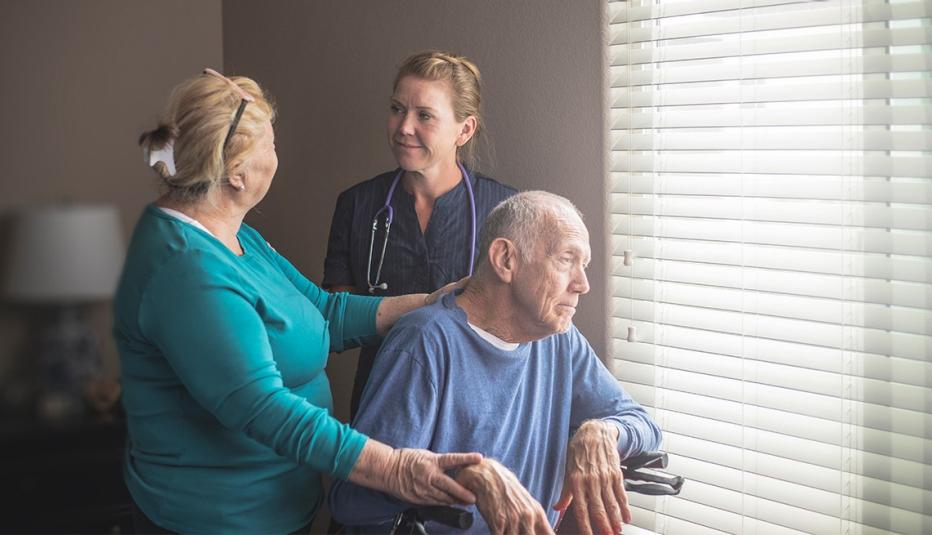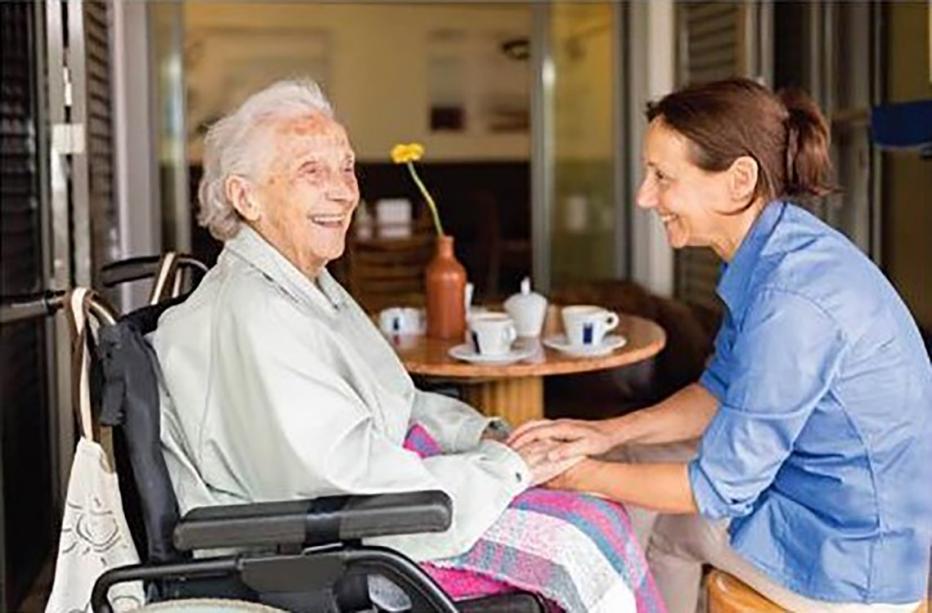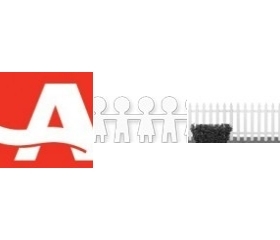AARP Hearing Center
Long-term services and supports (LTSS) consist of a broad range of day-to-day help needed by people with long-term conditions, disabilities, or frailty. This can include personal care (bathing, dressing, toileting); complex care (medications, wound care); help with housekeeping, transportation, paying bills, and meals; and other ongoing social services. LTSS may be provided in the home, in assisted living and other supportive housing settings, in nursing facilities, and in integrated settings, such as those that provide both health care and supportive services. LTSS also include supportive services provided to family members and other unpaid caregivers.


Updating key findings, this new fact sheet provides a range of current information on LTSS in the US:
- 14 million adults of all ages needed LTSS in 2018.
- More than two in five adults with LTSS needs are younger than age 65.
- The vast majority, 90 percent, of the LTSS population lives in community settings, while just 10 percent reside in nursing homes.
- Providing the bulk of LTSS are unpaid family caregivers (defined as including friends and neighbors in addition to relatives).
- In 2017, LTSS spending totaled $235 billion. The largest payers of LTSS are Medicaid—the joint federal and state health insurance program for people of all ages with low incomes and limited savings—and individuals paying for LTSS out of pocket.
- Contrary to a common misperception, Medicare—the national health insurance program for people age 65 and older as well as some younger people with long-term disabilities—does not pay for extensive LTSS.
Previous Report
Long-Term Services and Supports (2017, PDF)



































































